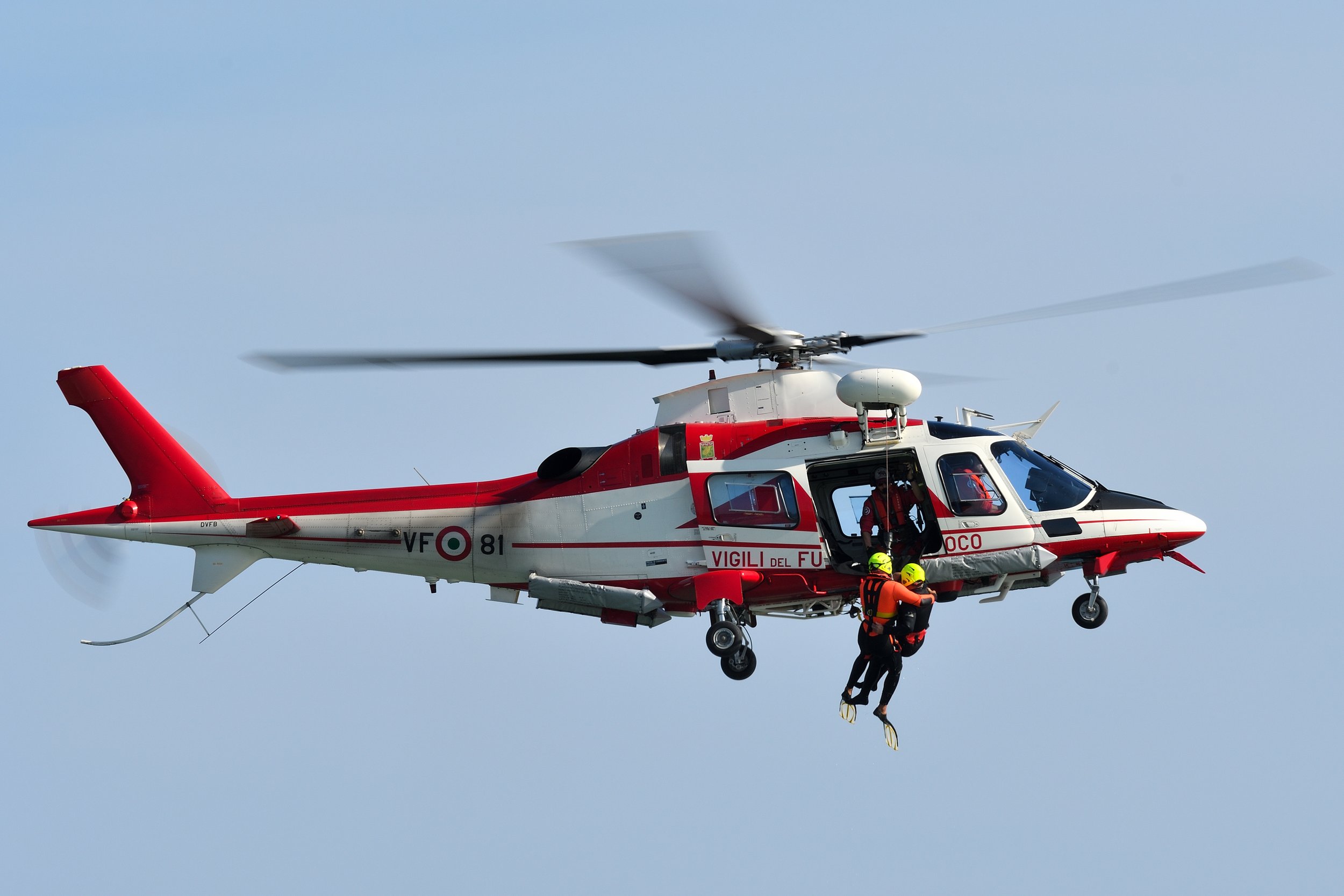Slovak Air Force Blackhawk
Country
Slovakia
Aircraft
UH-60M Blackhawk
Base
Presov Air Base
Sikorsky UH-60M Black Hawk
The Sikorsky UH-60 Black Hawk is a four-blade, twin-engine, medium-lift utility helicopter manufactured by Sikorsky Aircraft. Sikorsky submitted the S-70 design for the United States Army's Utility Tactical Transport Aircraft System (UTTAS) competition in 1972. The Army designated the prototype as the YUH-60A and selected the Black Hawk as the winner of the program in 1976, after a fly-off competition with the Boeing Vertol YUH-61.
Named after the Native American war leader Black Hawk, the UH-60A entered service with the U.S. Army in 1979, to replace the Bell UH-1 Iroquois as the Army's tactical transport helicopter. This was followed by the fielding of electronic warfare and special operations variants of the Black Hawk. Improved UH-60L and UH-60M utility variants have also been developed. Modified versions have also been developed for the U.S. Navy, Air Force, and Coast Guard. In addition to U.S. Army use, the UH-60 family has been exported to several nations. Black Hawks have served in combat during conflicts in Grenada, Panama, Iraq, Somalia, the Balkans, Afghanistan, and other areas in the Middle East.
The UH-60 features four-blade main and tail rotors and is powered by two General Electric T700 turboshaft engines. The main rotor is fully articulated and has elastomeric bearings in the rotor head. The tail rotor is canted and features a rigid crossbeam. The helicopter has a long, low profile shape to meet the Army's requirement for transporting aboard a C-130 Hercules, with some disassembly. It can carry 11 troops with equipment, lift 2,600 pounds (1,200 kg) of cargo internally or 9,000 pounds (4,100 kg) of cargo (for UH-60L/M) externally by a sling.
The Black Hawk helicopter series can perform a wide array of missions, including the tactical transport of troops, electronic warfare, and aeromedical evacuation. A VIP version known as the VH-60N is used to transport important government officials (e.g., Congress, Executive departments) with the helicopter's call sign of "Marine One" when transporting the President of the United States. In air assault operations, it can move a squad of 11 combat troops or reposition a 105 mm M119 howitzer with 30 rounds of ammunition, and a four-man crew in a single lift. The Black Hawk is equipped with advanced avionics and electronics for increased survivability and capability, such as the Global Positioning System.
The UH-60 can be equipped with stub wings at the top of the fuselage to carry fuel tanks or various armaments. The initial stub wing system is called External Stores Support System (ESSS). It has two pylons on each wing to carry two 230 US gal (870 L) and two 450 US gal (1,700 L) tanks in total. The four fuel tanks and associated lines and valves form the external extended range fuel system (ERFS). U.S. Army UH-60s have had their ESSS modified into the crashworthy external fuel system (CEFS) configuration, replacing the older tanks with up to four total 200 US gal (760 L) crashworthy tanks along with self-sealing fuel lines. The ESSS can also carry 10,000 lb (4,500 kg) of armaments such as rockets, missiles and gun pods. The ESSS entered service in 1986. However, it was found that the four fuel tanks obstruct the field of fire for the door guns; thus, the external tank system (ETS), carrying two fuel tanks on the stub wings, was developed.
The unit cost of the H-60 models varies due to differences in specifications, equipment and quantities. For example, the unit cost of the Army's UH-60L Black Hawk is $5.9 million while the unit cost of the Air Force HH-60G Pave Hawk is $10.2 million.
| Back to Top |





| Back to Top |

































